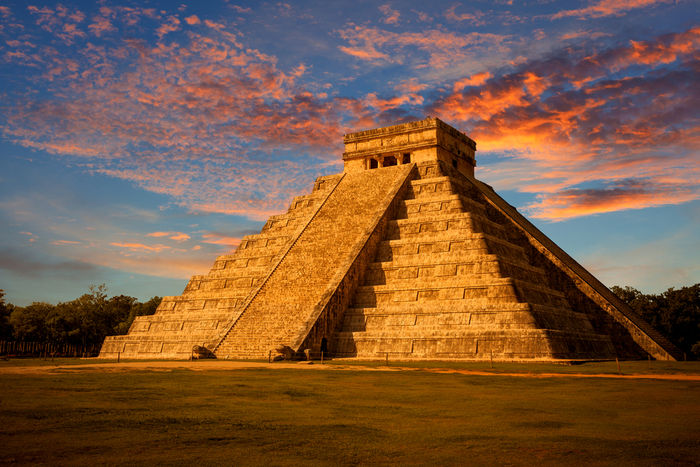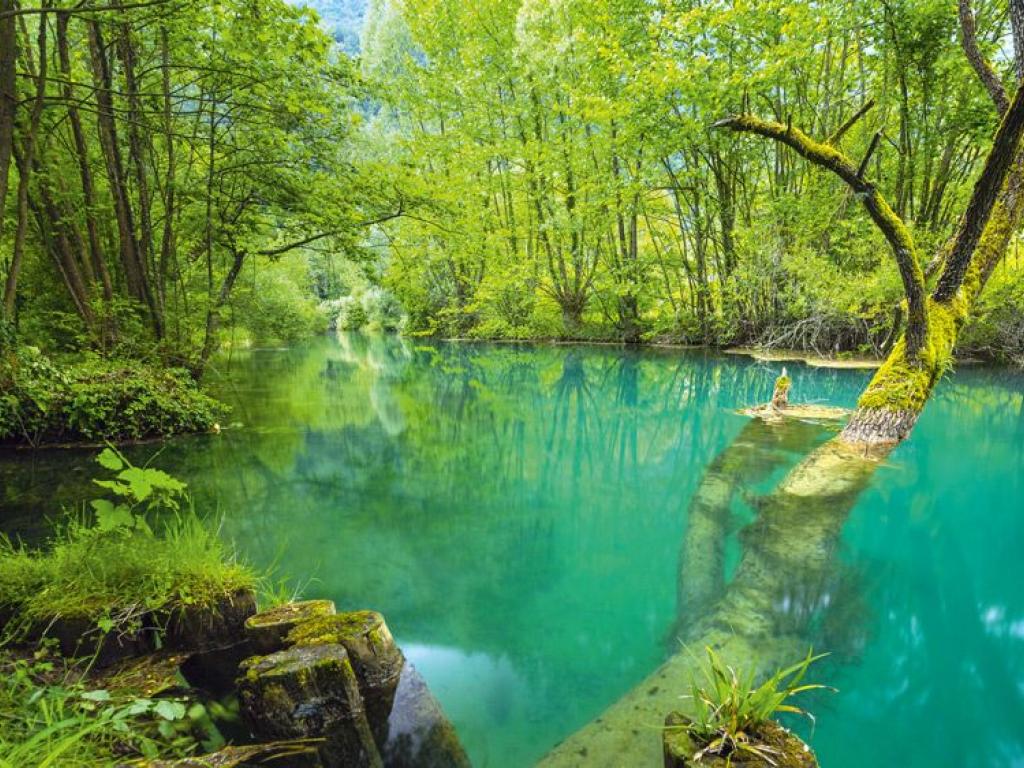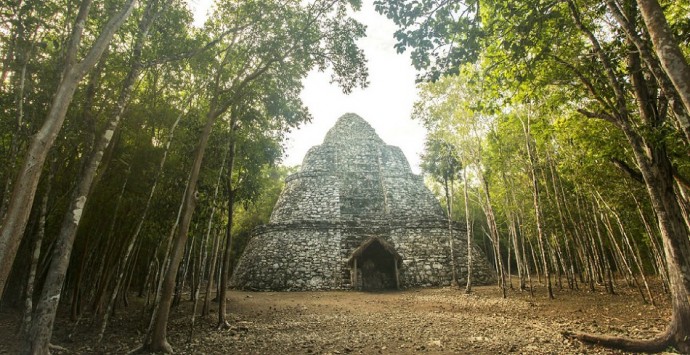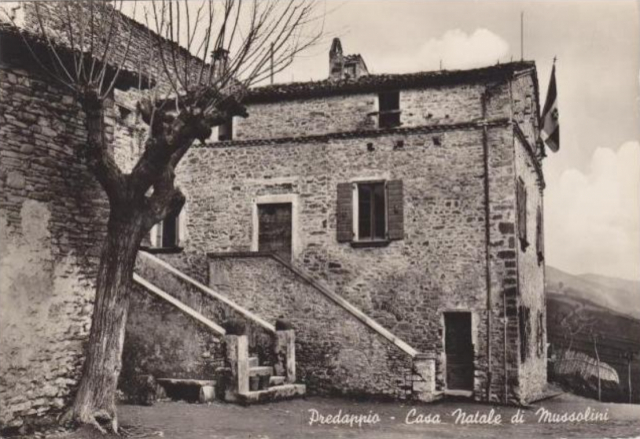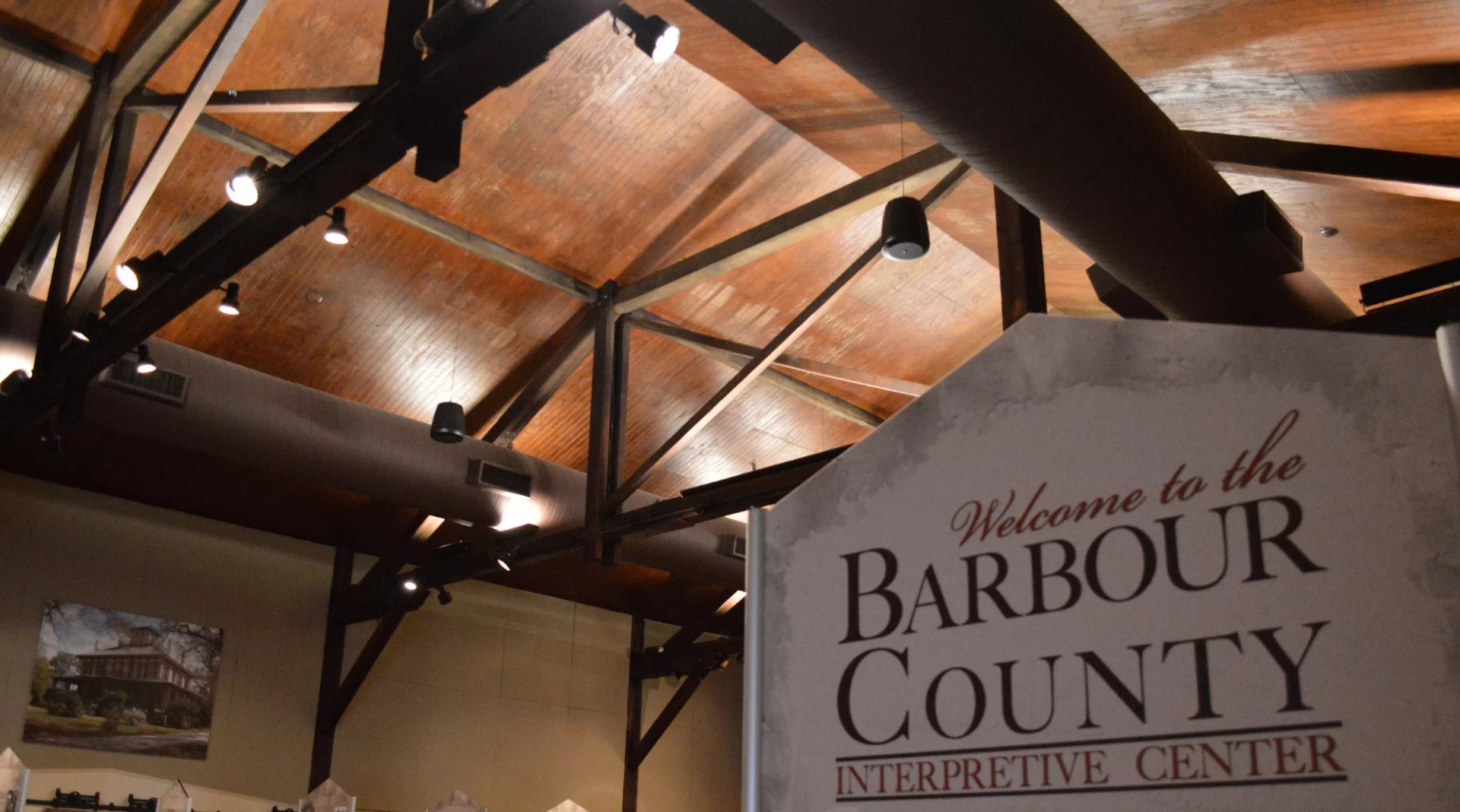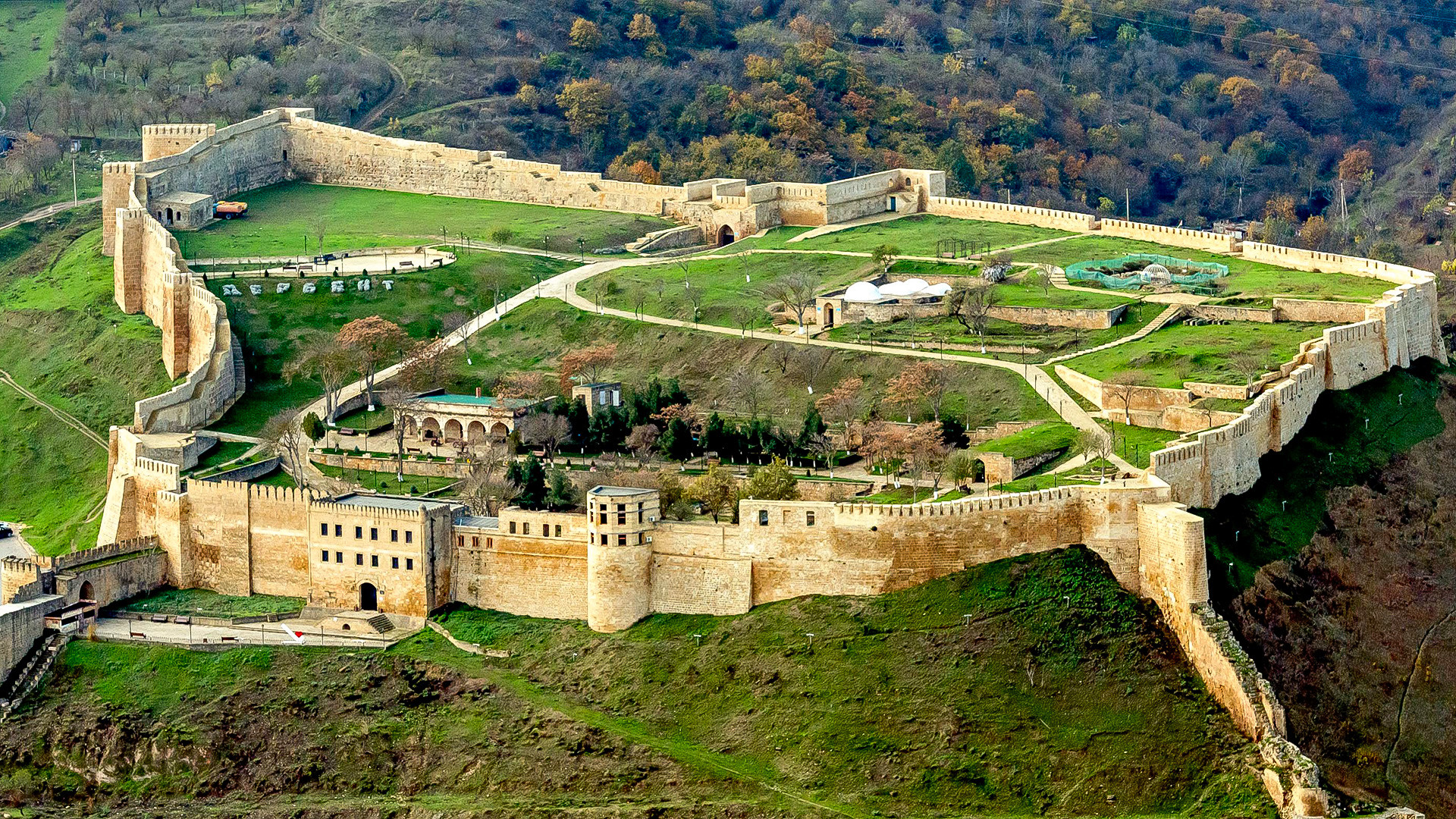The ancient Maya were a population settled in Mesoamerica where they developed a civilization known for its art, architecture, refined mathematical and astronomical systems, and writing, the only known system of writing fully developed in the pre-Columbian Americas. The Mayan civilization developed in an area that includes present-day southeastern Mexico, Guatemala and Belize, as well as western parts of Honduras and El Salvador. This region consists of the northern plains, which include the Yucatán Peninsula, the Sierra Madre highlands, which extend from the Mexican state of Chiapas to all of southern Guatemala and then El Salvador, and the southern plains of the Pacific coast. The intense archaeological research and the deciphering of numerous hieroglyphic texts have made it possible to draw an extraordinarily detailed picture of the society and history of the Maya. These were once believed to be a peaceful people of farmers dispersed in the fields around large ceremonial centers and led by the religious elite, essentially devoted to worship and astronomical-mathematical speculation. It has been ascertained instead that the M. came to form real centralized States, ruled by hereditary sovereigns and in frequent conflict between them: the great part of the remaining inscriptions remind us of the dynastic events and the war exploits.
Similarly to the numerous high cultures of Mesoamerica, also the Maya one has its roots in the civilization of the so-called Olmecs, risen around the 13th century B.C. in the northern part of the Isthmus of Tehuantepec and extended in the following 8 centuries in the plateau of Mexico and along the Pacific coast up to Guerrero a N and Guatemala a S. It was precisely by the Olmecs that the first Maya people, already devoted to primitive agriculture and equipped with pottery from the 2nd millennium B.C., undoubtedly borrowed the basis of the calendar and hieroglyphic writing.
